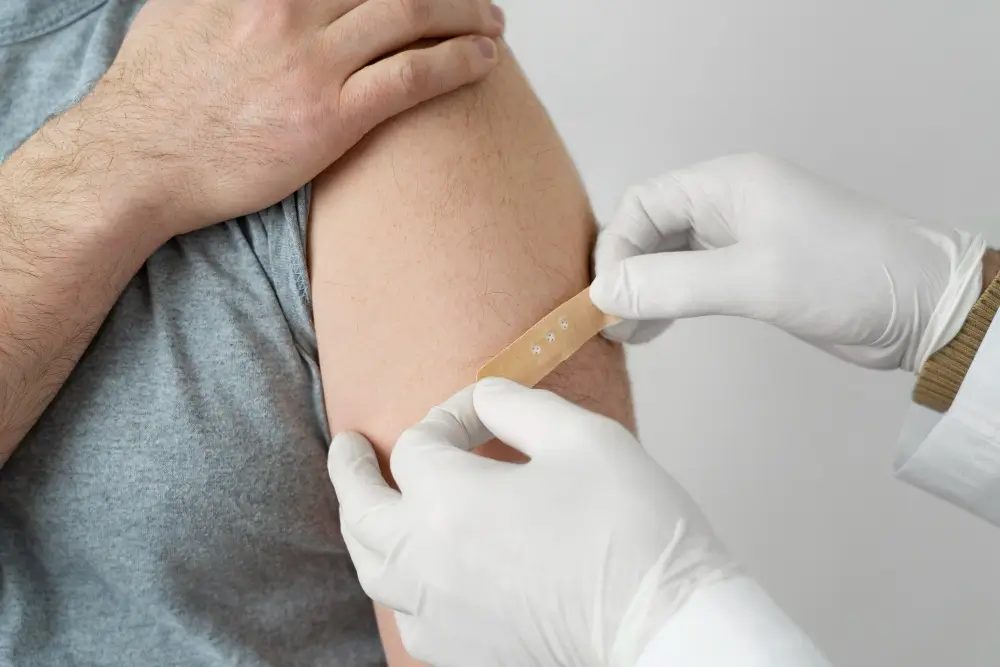Patient care is the top concern while managing a wound care practice, which entails balancing many duties. However, maintaining the viability and success of your firm depends just as much on precise and efficient invoicing. Knowing whether your wound care practice needs help with billing can help you save time, reduce stress, and maintain your financial security. In this article, we’ll look at the different symptoms of wound infection, discuss the difficulties in medical coding wound treatment, and provide practical advice for improving your billing procedures. Knowing these things can help you organize the operations of your practice so that you may concentrate more on giving your patients the best care possible.
What are the Signs of Wound Infection?

To provide the best possible wound care services, wound care practitioners must be able to identify the warning indications of wound infection. Prompt identification of infection can greatly enhance patient results and avert problems. It is essential to comprehend and recognize these indicators to deliver efficient care and guarantee maximum healing. Typical indications of an infected wound include:
- Redness and Swelling: Increased redness or swelling around the wound site often indicates an infection.
- Pain: Persistent or worsening pain can be a symptom of an underlying infection.
- Heat: The area around an infected wound may feel warmer than the surrounding skin.
- Pus or Discharge: The presence of pus or other types of discharge is a clear sign of infection.
- Foul Odor: An unpleasant smell emanating from the wound is typically associated with infection.
- Delayed Healing: If the wound is not healing as expected, it might be due to an infection.
- Fever: A systemic response, such as fever, may indicate the infection has spread.
Early detection of these indicators can lead to fast intervention, avoid complications, and improve patient outcomes for wound care.
Challenges With Wound Care Medical Coding
Efficient medical coding for wound care providers is essential to guaranteeing correct invoicing and getting paid for the services rendered. Nevertheless, the process has several difficulties that could make it more difficult. These issues must be resolved to preserve a wound care practice’s financial stability and compliance. The following are the main difficulties with wound care medical coding:
Complex Coding Requirements
Numerous operations are involved in wound care, each with a unique CPT code. It’s difficult to remember these and make sure they’re used correctly. For example, the procedure’s complexity and nature considerably impact the CPT for wound care.
Frequent Updates and Changes
Standards for medical coding are often revised. Keeping up with these updates is critical to prevent coding errors, which can cause delays or denials of claims. Here’s where wound care billing companies come into play, offering substantial value by ensuring your clinic is updated with industry standards.
Documentation Quality
Documentation must be thorough and accurate for proper coding. Claims can be denied due to inaccurate coding caused by missing or ambiguous paperwork. For wound care specialists, meticulously documenting every detail is a constant task.
Specificity and Accuracy
Wound healing Medical coding requires a high degree of specificity. Coders must describe the wound’s location, kind, depth, and size precisely. Errors have the potential to impact both compliance and reimbursement rates.
Resource and Time Constraints
Since providing patient care is their main duty, wound care clinicians usually find that they have little time for coding and invoicing responsibilities. Due to the intensive nature of patient care, precise attention to the administrative parts of the practice is rarely possible. This lack of attention and time can cause mistakes or holdups in the wound care medical billing process. These can cause problems, including claim rejections, lower payments, and unstable finances for the business.
Summing up
Maintaining the financial stability of your wound care practice requires you to recognize the warning indications that your practice needs assistance with billing. Recognizing these difficulties can enable you to take preventative action, from diagnosing wound infections to managing the intricacies of wound care medical coding.
The constraints associated with wound care billing can be greatly reduced by outsourcing to organizations like Synergy HCLS. They provide knowledge of wound care medical billing procedures and are experts in wound care billing. Collaborating with experts can guarantee precise coding, prompt invoicing, and enhanced revenue cycles, freeing you up to concentrate on delivering outstanding wound care services.
A successful wound care practice is built on accurate medical coding and billing. With the correct assistance, you can overcome obstacles and improve the effectiveness of your wound care practice, guaranteeing patient happiness and financial stability. If your clinic has trouble with these areas, it may be time to consider outsourcing wound care billing professionals to experts like Synergy HCLS, who are skilled at handling the complexities of wound care billing and coding.


